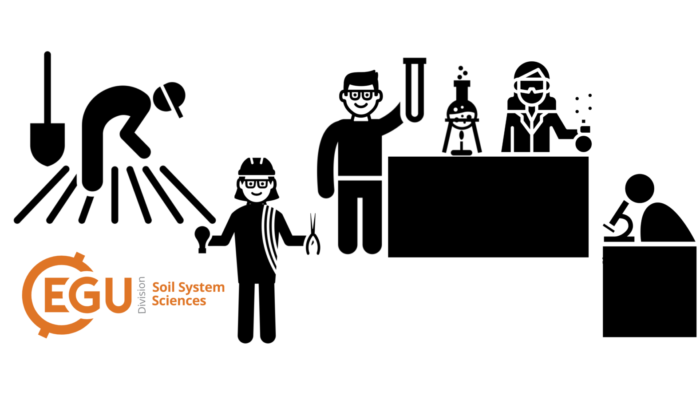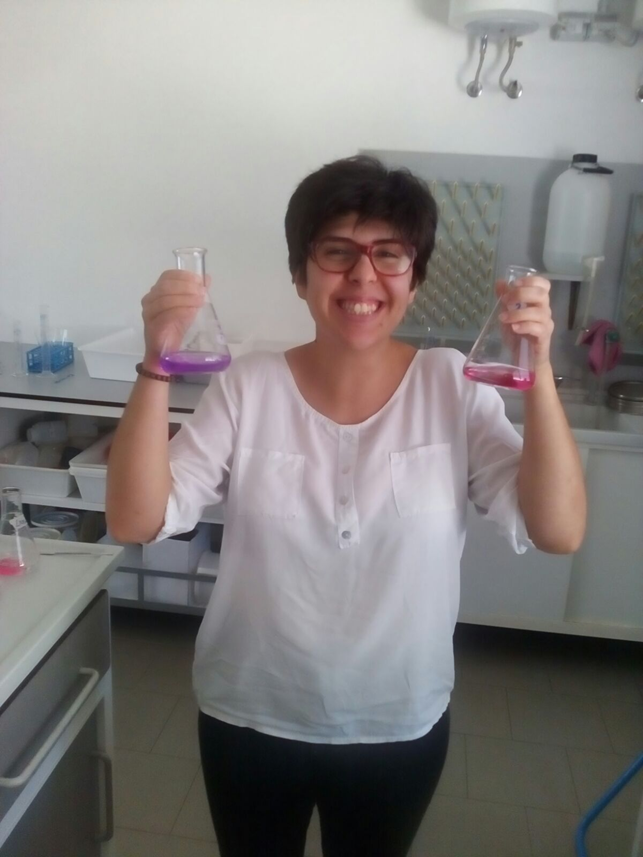
This month, we marked International Day of Women and Girls in Science, and to continue the celebrations we are delighted to showcase the work of Lea Piscitelli in our monthly feature, Technician of the Month! Lea Piscitelli works as a research technician in the Laboratory of Agricultural and Environmental Chemistry at CIHEAM Bari in Italy.
Don’t forget that each month, we’ll spotlight a technician in soil science, and find out a little of their roles and responsibilities behind the scenes. You can check out previous editions in this series, where we’ve highlighted soil support staff from all over the world, including Papua New Guinea, Prague, and Israel. If you’re a technician, or if you’d like to nominate a technician for this feature, please email Daniel.L.Evans@cranfield.ac.uk
Technician of the Month #4
Lea Piscitalli – Laboratory of Agricultural and Environment Chemistry, Mediterranean Agronomic Institute of Bari, Italy
Hi, Lea, nice to have you in here! Can you start by telling us more about your position and your main responsibilities?
I work as research technician in the Laboratory of Agricultural and Environmental Chemistry at CIHEAM Bari – Italy. I have worked here since 2011, and in this place I carried out my Ph.D. in Agricultural Chemistry. The mission of the CIHEAM Bari is to promote sustainable agriculture in the Mediterranean. One of my responsibilities is to contribute to the fulfillment of this mission. My duties in the lab consist of doing the analysis from sampling to reports, and also to supervise M.Sc. students. Within the lab team I mainly work on soil chemical and biological properties.
What made you want to be a research technician?
Being a research technician in soil science is a good compromise between indoor and outdoor life. Both lab and field are crucial for the achievement of accurate analysis; additionally, having the chance to shift from one to the other makes the job more interesting!
I started to work at CIHEAM Bari one year after my Master degree and, honestly, I am not capable of saying anymore if I was the right person for this job or if it changed me in these years. However, a good research technician must be meticulous and rigorous, but without neglecting adaptability and creativity. I was so intrigued by all these requirements!
What would you say is the most exciting aspect about being a research technician in soil science?
Probably, the most exciting thing is the continuous challenge. I mean the continuous necessity to develop the best solutions for issues and tasks which are never the same. Well, we all know that soils are different, and researchers’ requests are disparate, so, probably these are the things that join all the labs and all the research technicians in soil science over the world.
What would you say is the most challenging aspect of being a research technician?
The most challenging aspect of being a research technician, surely, consists of taking care of all the steps: from sampling to reporting. Taking care of the entire process is onerous and doing everything with the right tier of harmony and rigour requires time, perseverance and caution.

Lea started working as a research technician after carrying out her PhD in the Laboratory of Agricultural and Environmental Chemistry at CIHEAM Bari. Photo credit: Lea Piscitelli.
What is the one thing you wish soil scientists would do (or do more) when they work with technicians?
I would invite soil scientists to let the research technicians know about the aim of the experiment and the subsequent protocol. It is not a matter of trust but, overall, the experiment can benefit from the experience of the research technician, and this form of transparency can allow the research technician to provide support tailored on the experiment.
Is there anything else you would like to share with the soil science community?
Yes! Soil science is solid and with a robust past. However, it is time to open up to other scientists and to invite our researchers to share more in a cross-cutting manner. Soil importance can only be enhanced when assessed in the light of its numerous functions. Most probably, the knowledge sharing with scientists from other research fields can provide a real innovative viewpoint.
Edited by Layla M. San-Emeterio
References
[1] Featured image created by Olga Vindušková using icons created by Louis Prado, Adrien Coquet, ProSymbols, and iconixar, from Noun Project


Morrel
Great!